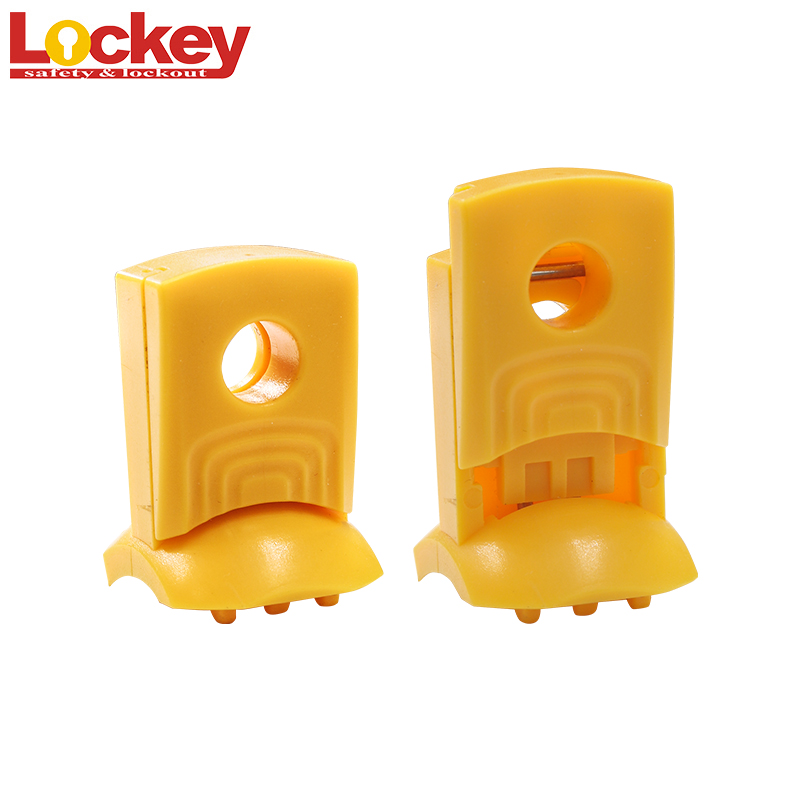Title: Ensuring Safety with the Effective Use of Circuit Breaker Lockout Devices
Introduction:
Electrical systems are an indispensible part of our modern world, powering our workplaces, homes, and public spaces. While electricity is a valuable resource, it can also pose significant risks if not handled properly. To ensure workplace safety, the use of circuit breaker lockout devices has become increasingly important. This article sheds light on the significance of circuit breaker lockout devices and their role in preventing electrical accidents.
What is a Circuit Breaker Lockout Device?
A circuit breaker lockout device is an essential safety tool that helps prevent accidental activation of circuit breakers during maintenance or repair work. It effectively isolates and secures the energy source, protecting workers from the potential dangers of electrical shocks or fires. Miniature circuit breaker lockouts are a popular type of lockout device due to their versatility and ease of use.
The Importance of Circuit Breaker Lockout:
1. Compliance with safety regulations: Employers are legally responsible for providing a safe working environment for their employees. Circuit breaker lockout devices ensure compliance with lockout/tagout regulations as mandated by government authorities, such as the Occupational Safety and Health Administration (OSHA) in the United States.
2. Preventing electrical accidents: Circuit breakers are designed to interrupt electrical flow when an abnormal current is detected. However, accidents can still occur if maintenance or repair work is carried out while the system is energized. By using circuit breaker lockout devices, energy sources are effectively isolated, reducing the risk of electrical accidents.
3. Protection of personnel and equipment: Electrical shocks can cause serious injuries or even fatalities. By implementing lockout/tagout procedures and using circuit breaker lockout devices, workers are protected from exposure to live electrical components. Additionally, preventing sudden power surges or equipment malfunctions during maintenance or repair work helps prevent damage to expensive machinery.
Best Practices for Using Circuit Breaker Lockout Devices:
1. Identify and tag electrical circuits: Before initiating any maintenance or repair work, identify the specific circuits that need to be locked out and tag them appropriately. This ensures that the correct circuit breaker lockout devices are used.
2. Select suitable lockout devices: Depending on the type and size of the circuit breaker, choose the appropriate miniature circuit breaker lockout device. Ensure the device is compatible and properly installed to prevent unintentional removal or tampering.
3. Follow a comprehensive lockout/tagout procedure: Train employees on the proper use of circuit breaker lockout devices and the overall lockout/tagout procedure. This includes documenting the steps taken, notifying affected personnel, and verifying the absence of residual energy before starting work.
Conclusion:
The use of circuit breaker lockout devices plays a crucial role in preventing electrical accidents and safeguarding workers’ well-being. Compliance with safety regulations, prevention of accidents, and protection of personnel and equipment are all benefits of implementing lockout/tagout procedures and employing miniature circuit breaker lockout devices. By prioritizing workplace safety and investing in effective lockout devices, organizations can create a secure environment where employees can carry out maintenance and repair work confidently.
Post time: Oct-14-2023







